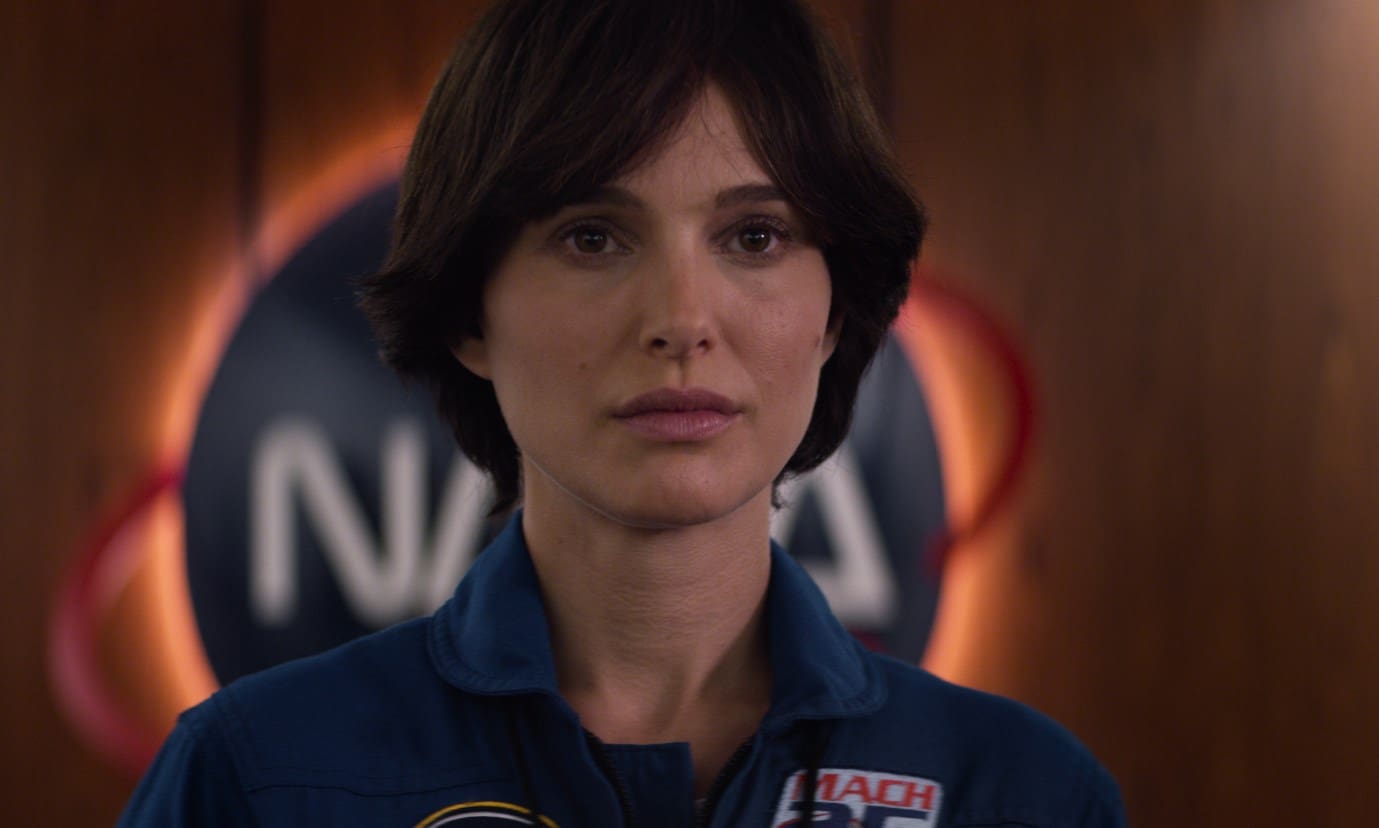
Even without their close release dates, it was probably inevitable that audiences would compare Ad Astra and Lucy in the Sky. They’re both about astronauts, played by Brad Pitt and Natalie Portman respectively, having existential crises in space. They’re both from directors with distinct voices, James Gray for the former and Noah Hawley of Legion fame for the latter. Both are brilliantly made, but where Astra uses the conventions and iconography of previous space movies as storytelling shorthand, Lucy in the Sky never stops experimenting. Ultimately, which film you prefer all depends on how willing you are to watch Hawley and Portman play — even if what they’re saying isn’t entirely clear.
Written by Brian C. Brown and Elliott DiGuiseppi, the film roughly follows the story of real-life astronaut Lisa Nowak, who was arrested in 2007 and eventually pled guilty to charges of burglary and battery after driving hundreds of miles from Houston to Orlando to confront Colleen Shipman, an Air Force Captain who was in a relationship with Nowak’s former lover and fellow astronaut, William Oefelein.
Portman’s version is, Lucy Cola, who is smart-mouthed, self-assured and determined to be not just better than the boys, but the best. When the film starts, she’s literally returning to Earth after her first time in space and after seeing humanity and her life from that perspective, she’s having a hard time readjusting to normal life. Enter Mark Goodwin (John Hamm) a fellow astronaut who her beta male husband, Drew (Dan Stevens) describes as, “a divorced action figure who likes to go fast.” Between Lucy and Mark’s blistering chemistry and their shared desperation to return to space, it’s no surprise they start an affair. It’s a fairly conventional set up, but one that Hawley tells in anything but a conventional way.
The first and most prominent stylistic choice is the aspect ratio, which constantly shifts throughout the film. It goes from 1.33 (The Wizard of Oz) to 2.35 (a majority of widescreen films today) to everything in between to express Lucy’s emotional state at any given moment. When she’s in space, marveling at the smallness of humanity below, the frame is as wide as possible. When Lucy and Mark have sex for the first time, the edges of the frame begin to waver, suggesting that the euphoric feeling of their connection reminds her of being in space. When she finds out that Mark may be seeing Erin (Zazie Beats) too, the frame contracts. It’s perhaps a heavy-handed technique and one that may leave viewers less interested in the technical sides of filmmaking annoyed, but it also constantly leaves the viewer wondering where Hawley will take the film next.
Instead, the more persistently annoying choices Hawley makes are far smaller and subtler. Chiefly, there’s the time period. Though the plot is technically inspired by the “true events” of Nowak’s life, the story takes place decades earlier—or at least it initially seems to be. Portman, with her Dorothy Hamill haircut and anachronistic costumes recalls female astronauts of the ‘80s like Sally Ride or perhaps Judith Resnik, who died during the Challenger explosion in 1986. However, when we see a shirtless Mark watching what looks like a video tape of the Challenger explosion alone in his home one night, he’s watching not only a flat screen TV, but there is a pile of DVD’s sitting on a shelf next to it. Presumably, Hawley mixes timelines to suggest that Lucy’s story is something universal that could happen to any woman trying to get ahead in a profession controlled by men, but the more modern tech that appears, the sloppier and less coherent the filmmaking seems.
That incoherence in the production design would perhaps be easier to ignore if the plotting and character work also didn’t become somewhat incoherent in the third act. Brown, DiGuiseppi, Hawley and even Portman clearly have a lot on their mind re: women in the workplace and the ways traditional femininity can be punished in a male-dominated profession, but it never coalesces into a clear statement. The closest the film comes occurs when a superior accuses Lucy of being “too emotional.” Seeing the way Portman’s expression hardens, it seems possible Lucy will explode right there, but she doesn’t lose it until a few minutes later, when she’s ranting to her niece Blue Iris (Pearl Amanda Dickson) about the way her male coworkers treat her. There’s something thrilling in Lucy’s rage, but just as her rant crescendos, it’s interrupted by the insane plot mechanics, leaving the audience grasping to understand exactly what motivates Lucy’s actions in the following scenes.
And while there is perhaps no actress currently working who is better than Portman at playing a woman on the verge, watching Lucy in the Sky unfold, it’s frustrating to see her excellent performance have to make up for the script’s failings. Still, unsatisfying as the film’s ending is, after sitting through it, it’s hard to say that the experience isn’t worthwhile. Sure, the film’s stakes, character arcs and filmmaking aren’t as straightforward as Ad Astra‘s, but they’re also far less conventional. The experiment may not work, but maybe a failed experiment is more exciting than seeing the same old stories in new packaging.

